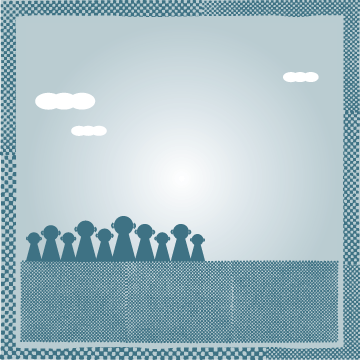Where Do Cadavers Come From? > Comments > "Review of Where Do Cadavers Come From?"
Piece Comment
Commenter Profile

- James Reiss
- Username: jamesreiss
- Location: Wilmette, Illinois
- Joined PRX: Dec 28, 2006
Piece Information

- "Where Do Cadavers Come From?"
- Summary: What happens after a person donates his body to science? Follow the process from embalming table to medical school to waterfront plot.
2 comments
| 5 star: |
|
(0) |
| 4 star: |
|
(2) |
| 3 star: |
|
(0) |
| 2 star: |
|
(0) |
| 1 star: |
|
(0) |
Review of Where Do Cadavers Come From?
James Reiss
Posted on May 14, 2007 at 02:50 AM
Lawrence Lanahan, in the photo of himself accompanying his PRX piece, is smiling, wearing a brown T-shirt emblazoned with the word "Orpheus."
Like the legendary Greek poet/musician Orpheus, Lanahan returns from the underworld to tell us about it. In a slick production that was part of a Radio Documentary course at Columbia University, he gives us the lowdown on what could be a total downer but ends up being luridly compelling.
Back in the bad old days, 90% of medical-school cadavers were John Doe's. Nowadays, thousands of donors -- including my mother -- have filled out forms and have willed their deceased bodies to science. Once they are taken to hospitals, they become anonymous, numbered corpses.
Lanahan takes us on a tour through a lab whose embalming machine "looks like a blender." Little did I know that the embalming process for med-school cadavers takes up to a year. Neither did I know that, after a year, cadavers go to another lab where med students dissect every one of them for eight months in anatomy courses. The smell of formaldehyde hovers over this segment of the piece like perfume.
Ready to retch? At one point a seemingly queasy Lanahan asks his interviewee funeral director to go to the window. As it happens, the lab is a clean, well-lighted place with fresh-air views of the Hudson, the George Washington Bridge, Riverdale. Strangely enough, med students dissecting cadavers in their lab, which looks a bit like a cafeteria, often report they get hungry!
After every cadaver submits to 900 "man hours of study," each one is cremated, and the ashes are offered to the families or laid to rest in Brooklyn's scenic Greenwood Cemetery.
Some slightly creepy music accompanies the end of this piece, wherein Lanahan describes a memorial service for the cadavers in a chapel on Columbia's campus. Happily, Lanahan concludes on a positive note: if med students dissect dead bodies, the students eventually wind up as full-fledged physicians who put living bodies back together.